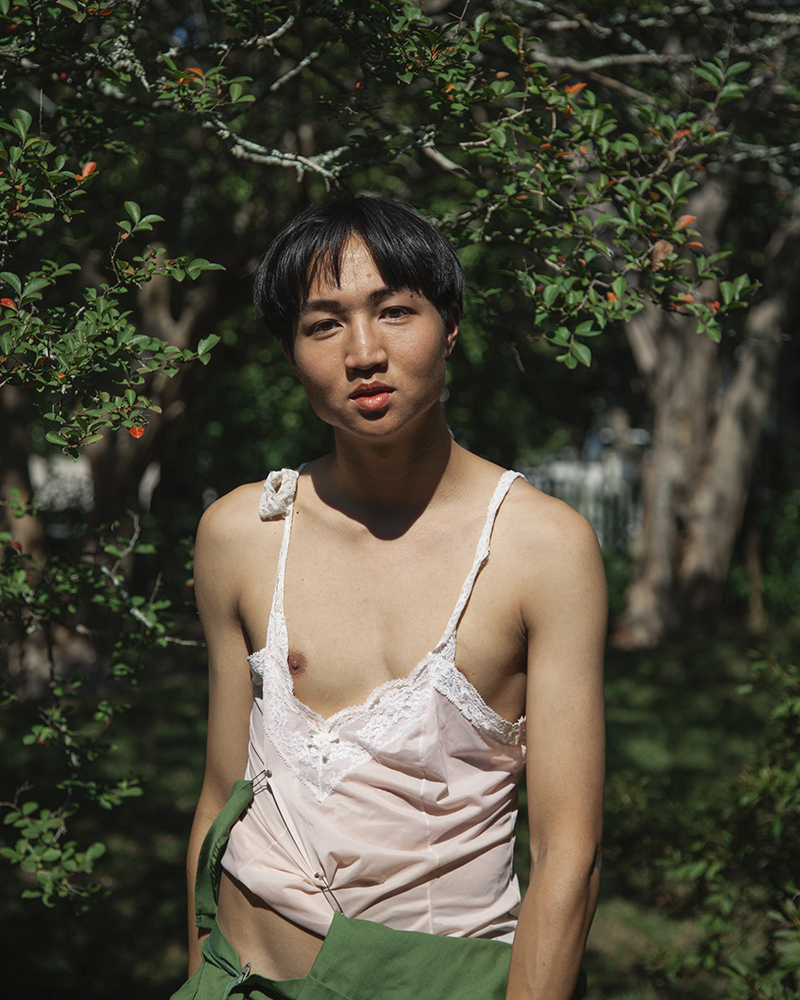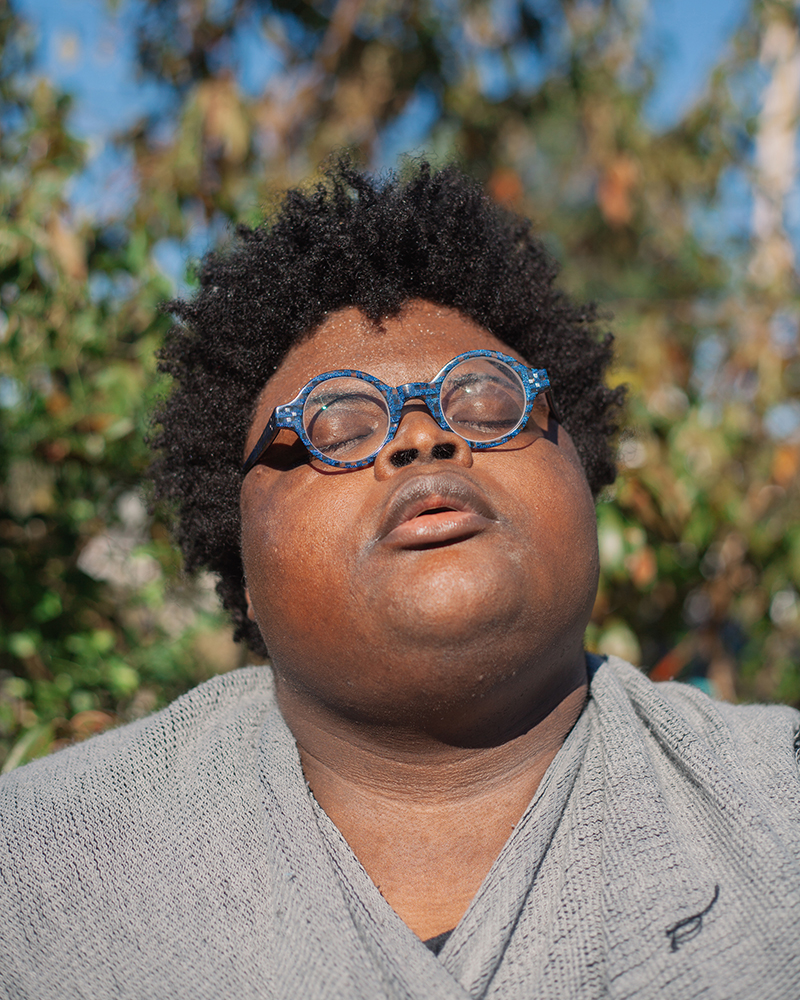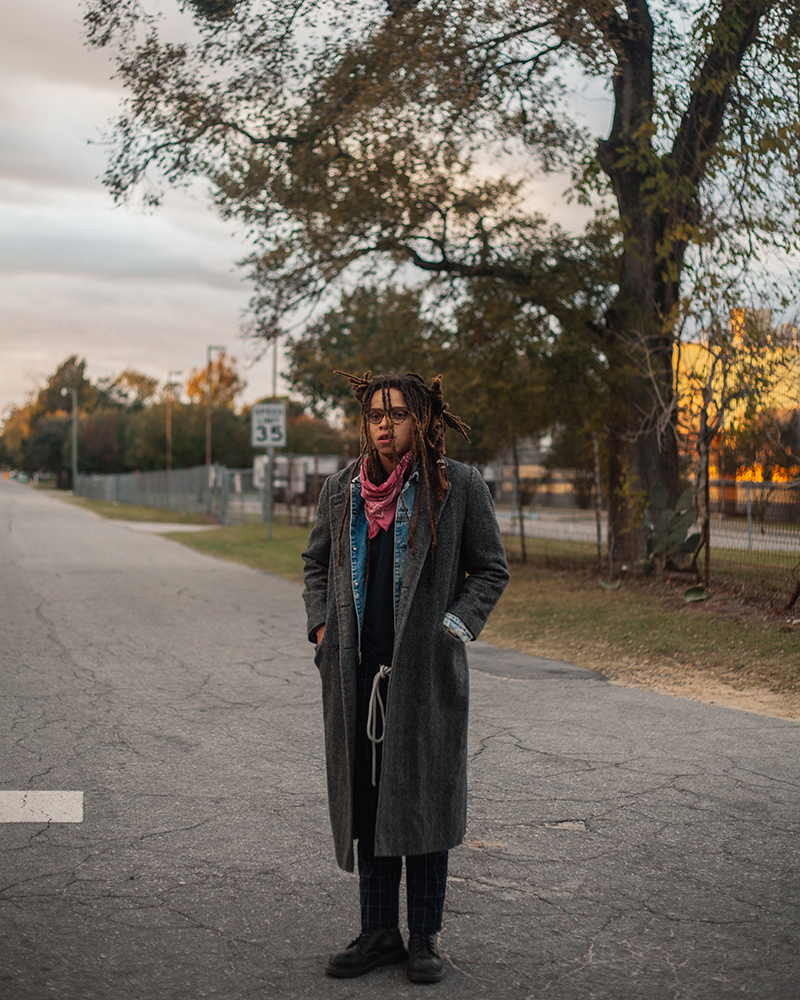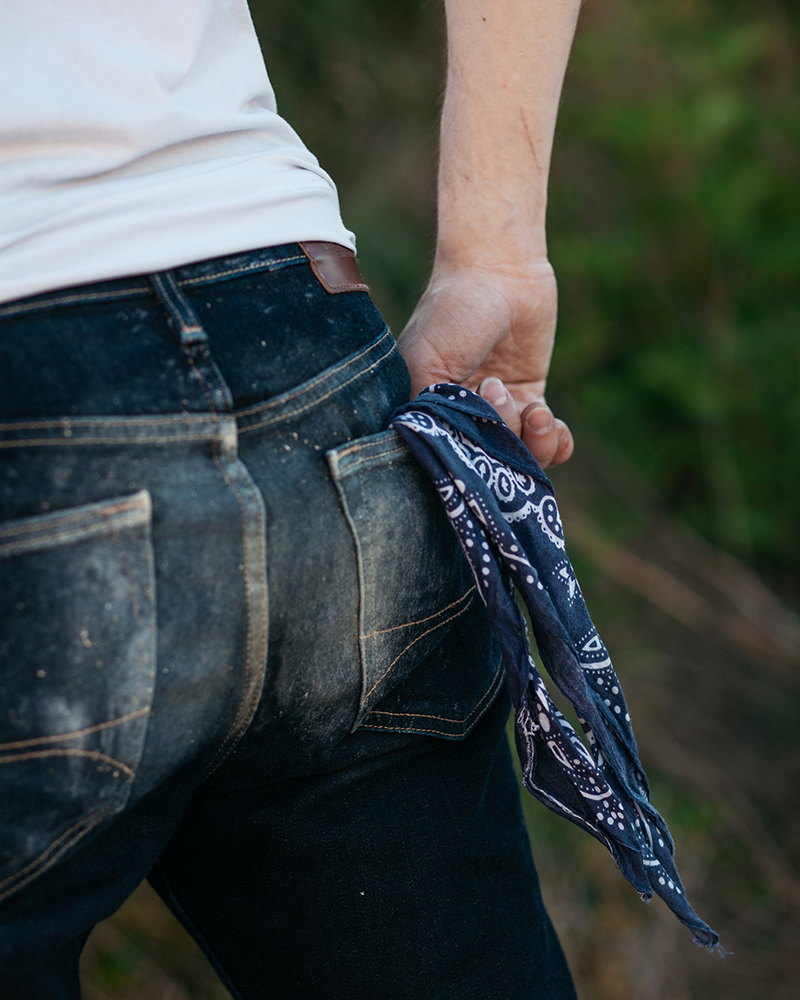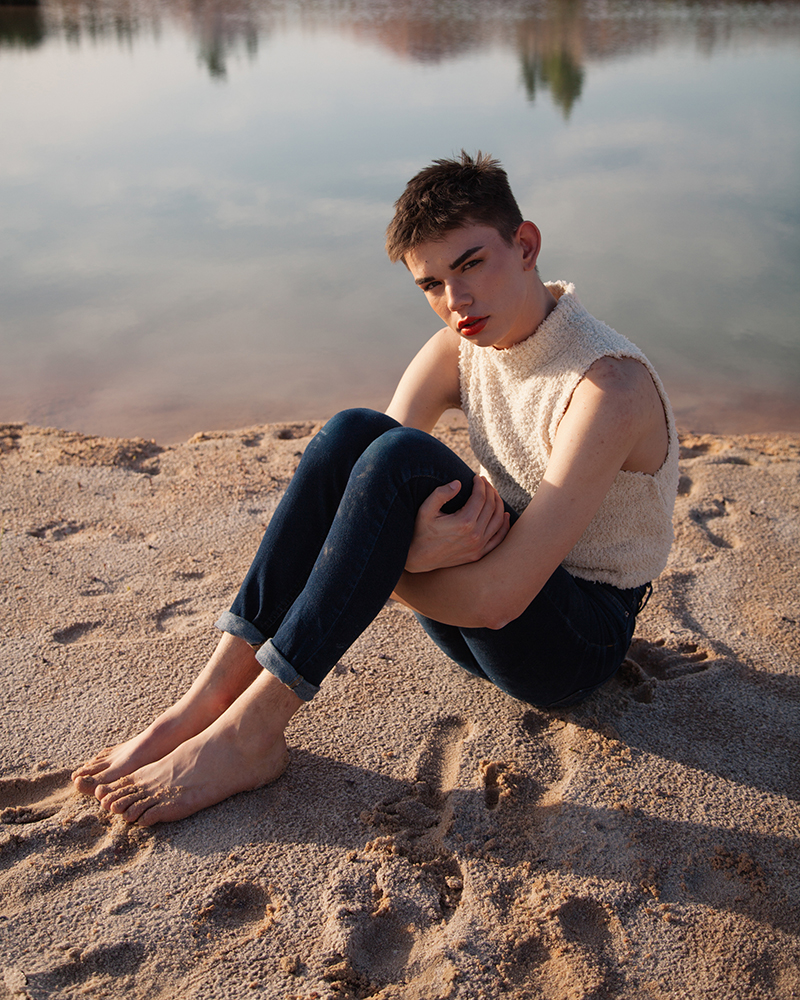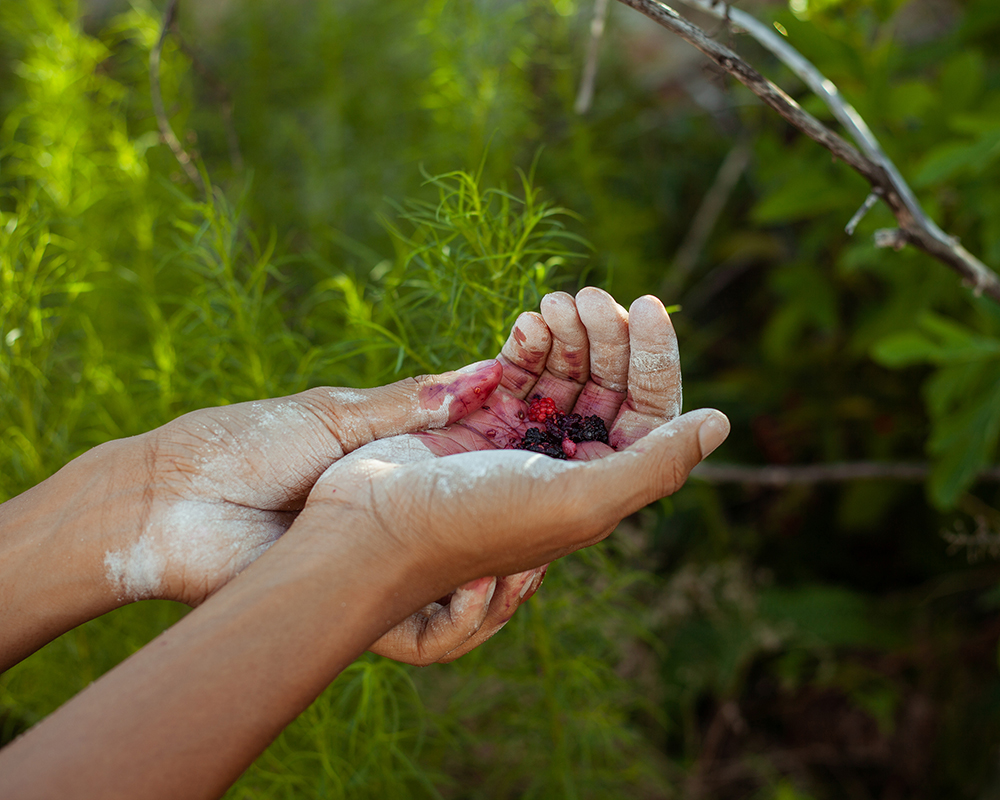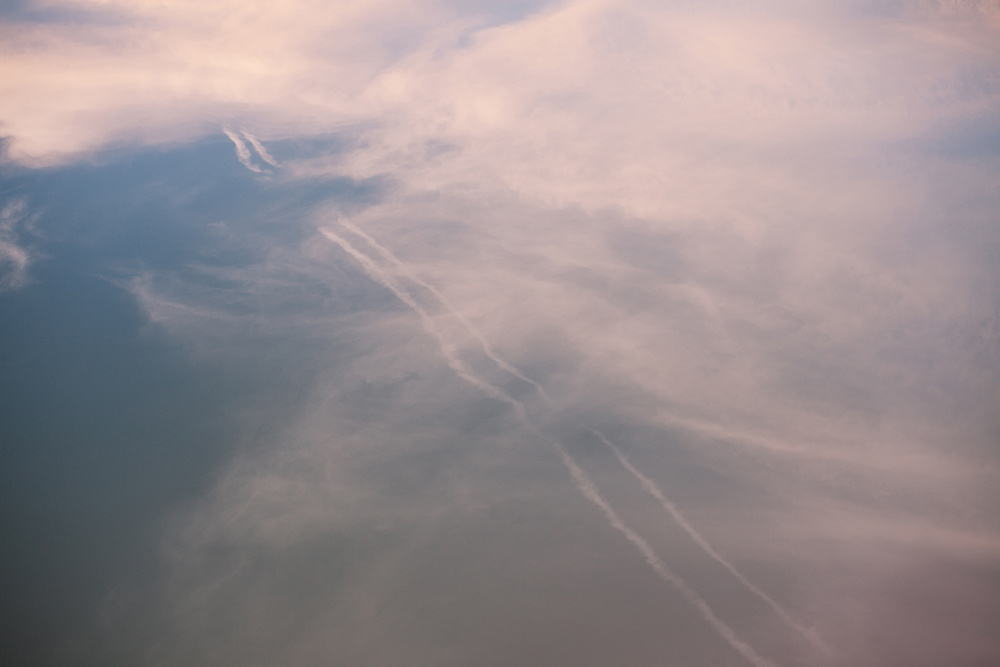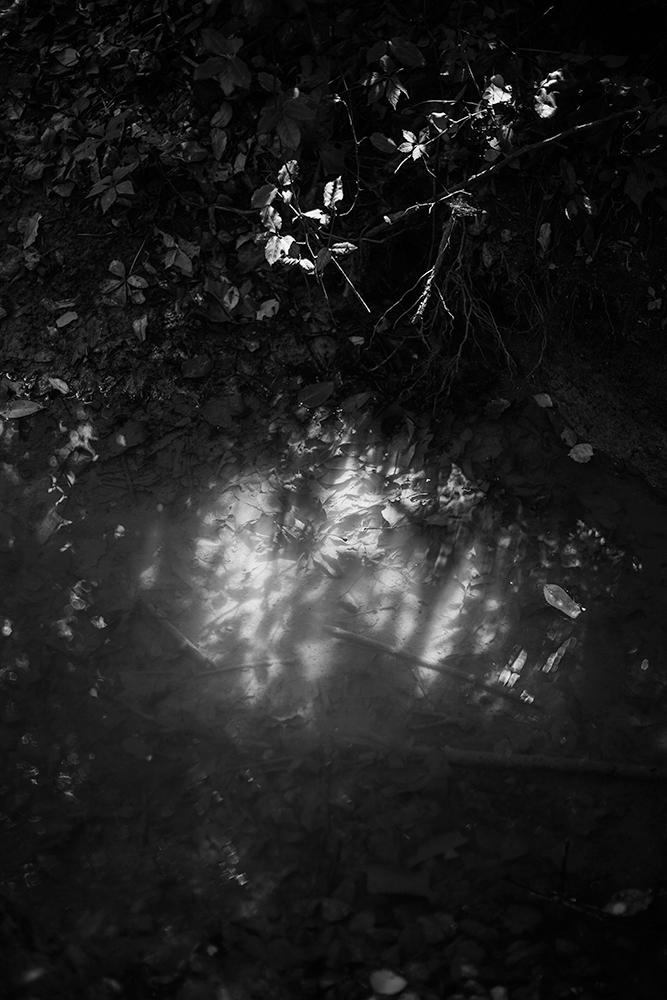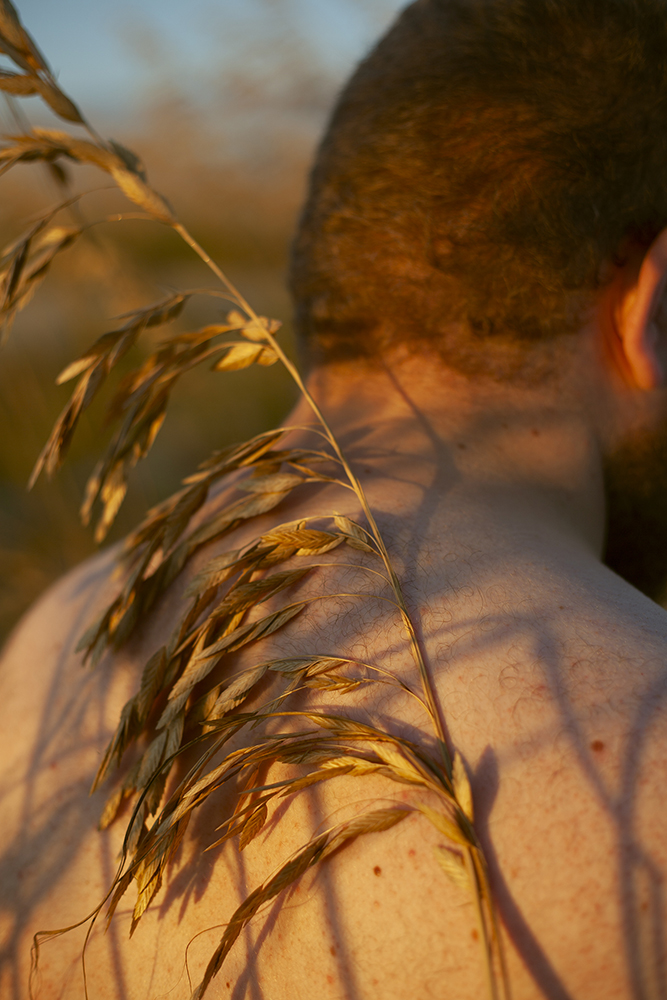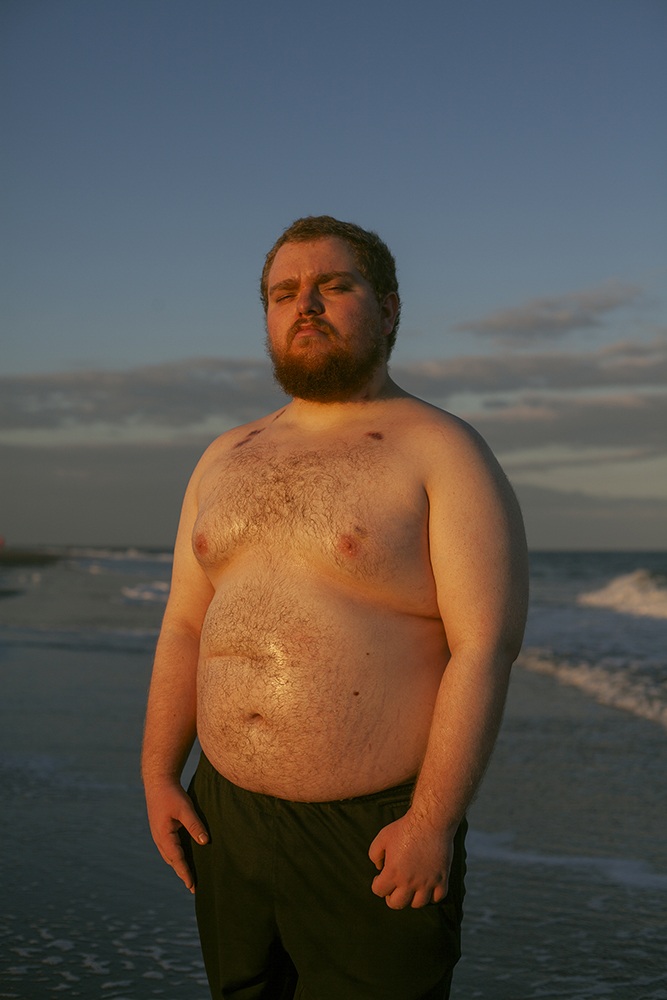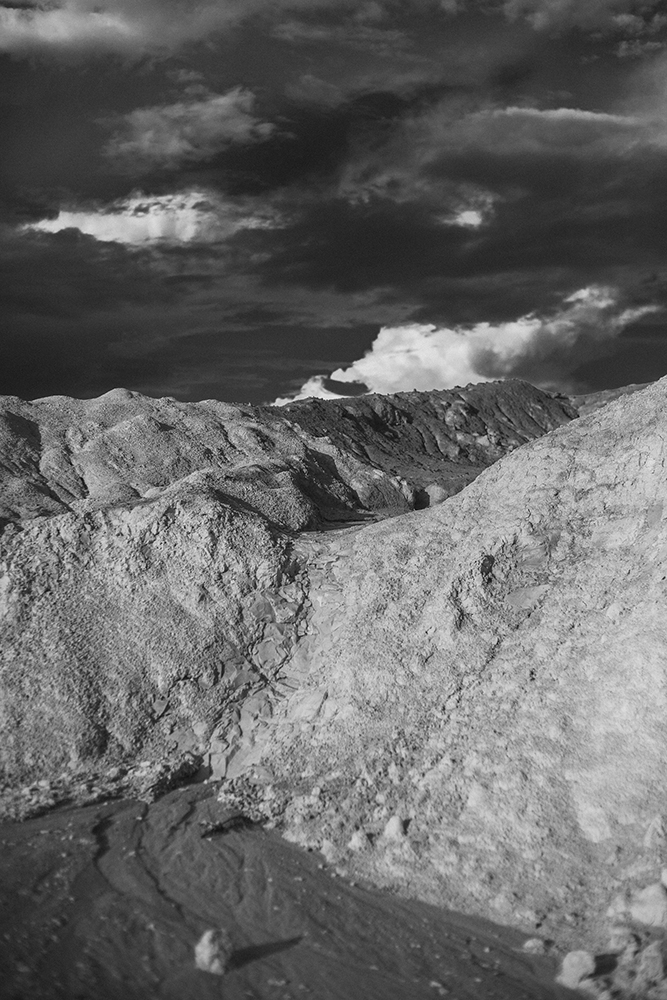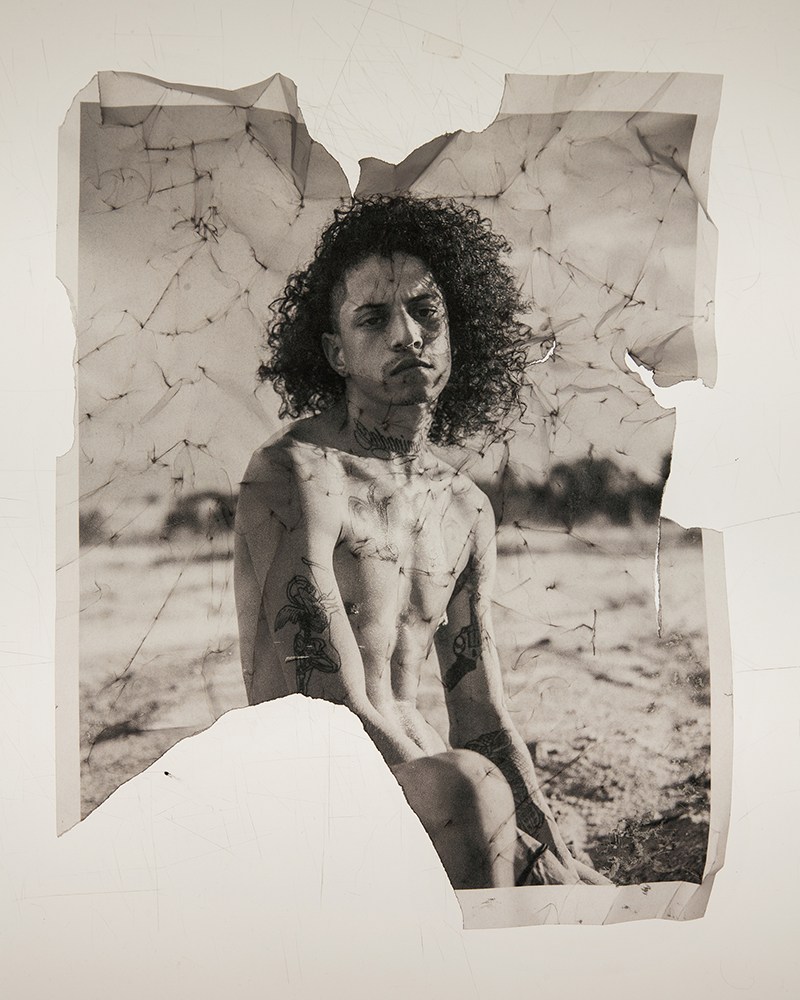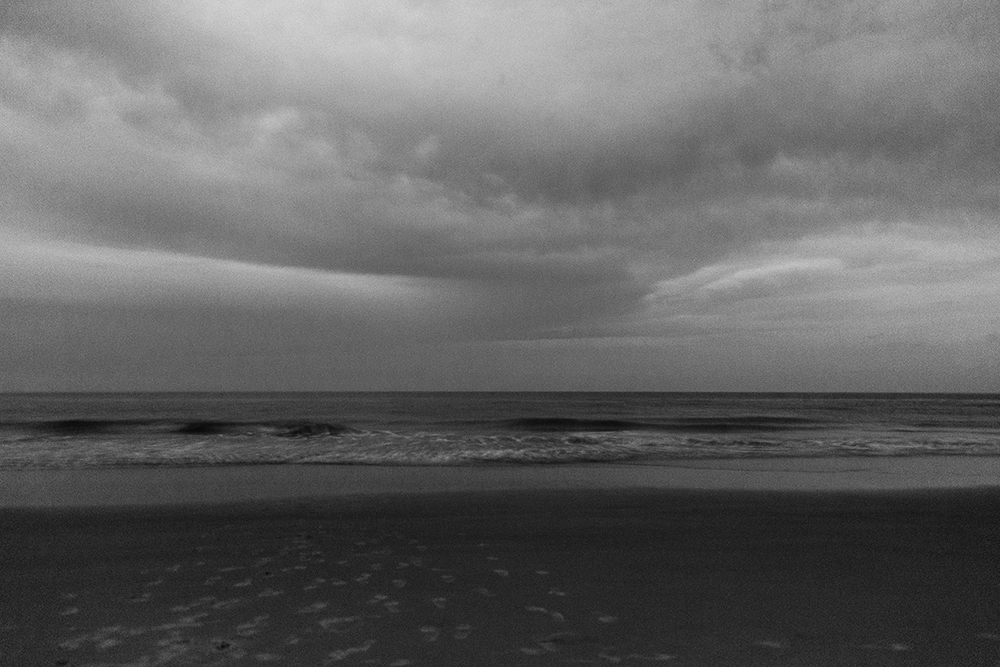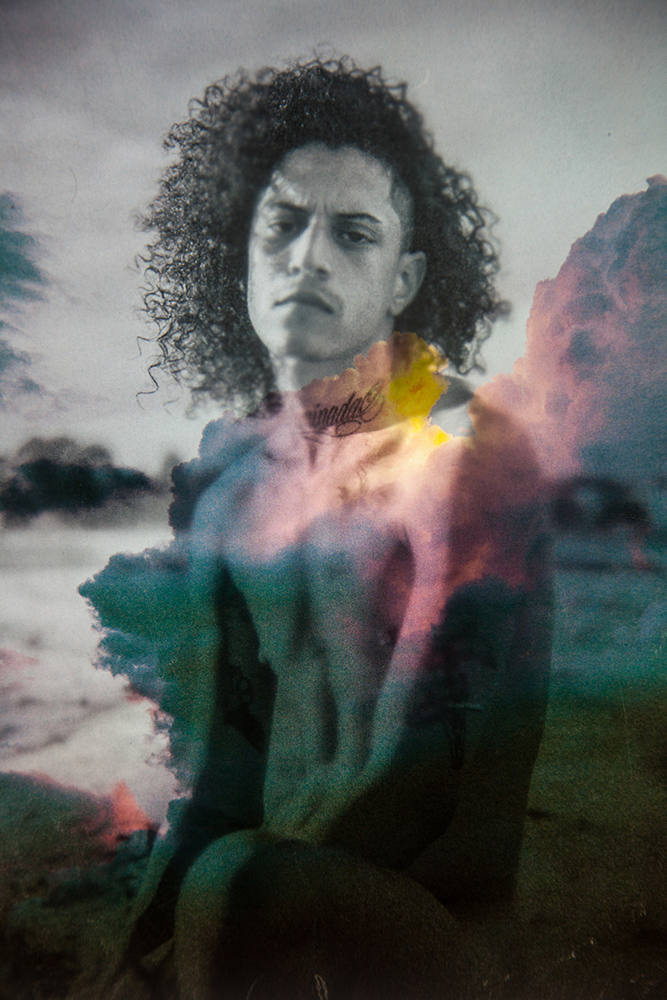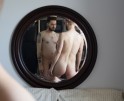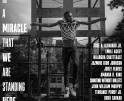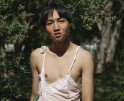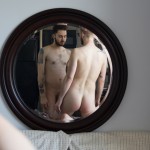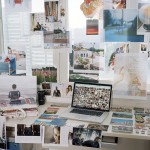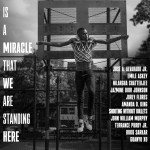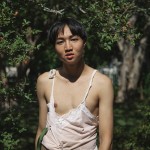Brennan Booker: Honeysuckle
Today, Julia Bennett interviews Brennan Booker, the new Lenscratch Editor of Developer. Developer will be a series focused on emerging photographers with interviews that investigate intention and the journey of a developing photographic artist. We are so grateful to Brennan for his vision, intelligence, and efforts – Aline Smithson
I’m thrilled to introduce Brennan Booker, an amazing emerging photographer and student at the University of South Carolina who is joining our Lenscratch family. I am lucky to have known Brennan from my own time as a student at USC, and his journey as a photographer and advocate for the LGBTQ+ community has been a pleasure to personally witness as he continues to carve out space for his work. Brennan will be leading a new series here at Lenscratch called Developer, which will feature new and emerging photographers in posts and interviews…but I’ll allow him to tell you all the exciting details.
Brennan Booker is a photographic artist living and working in Columbia South Carolina. He is currently finishing his final year of his Bachelors of Fine Arts in Studio Art at the University of South Carolina. His work focuses on the interactions between queer identity, the southern physical and cultural landscapes, and masculinity. His work has been exhibited both locally and nationally and has been published on several online platforms.
Honeysuckle
Honeysuckle is a collection of portraits that explore the connection between queer identity and the physical/social landscapes of the South. Through my photographic practice, I use the camera as a tool to create a space for my subjects to express themselves fully. By removing the hindrances of the surrounding environment (the South), the viewer may experience a moment that often remains unseen. By photographing in a way that utilizes the traditional understanding of landscape imagery and juxtaposing it with aspects of queer identity such as the queer body, or unconventional expressions of masculinity, a conversation about how these two almost conflicting identities function simultaneously can begin. The work invites the viewer to experience how the world shifts and changes the way we perceive things, through the lens of these seemingly disparate identities combined. The portraits mixed with the landscape imagery bring the viewer into a collective queer experience. The layering and combining of different image types, functions as a representation of the complexity of these past experiences. In order for the relationship between person and place to be understood all of the intertwining elements must be understood. My work seeks to create these connections and bring them to life as physical representations. – Brennan Booker
Hi Brennan!! So happy to be doing this. Can’t wait to see what you do with the Developer series.
Brennan Booker: Thank you so much! It’s so wonderful to be talking to you as well. I’m thrilled about the Developer series. Being a part of the Lenscratch family is such an honor, and I’m so excited to provide a platform for so many artists I respect and whose work deserves to be seen. I was introduced to Lenscratch by my very first photo professor in college Meg Griffiths, and it’s surreal to now be a part of it.
We’re so excited to have you as a part of the team! Can you tell us about your photographic practice, and the projects you’re working on currently?
BB: I would definitely describe my photographic practice as still expanding. Right now I’m mostly just making images that only continue to exist as printed images. However, in the last year I’ve been experimenting with things like zine making and self-publishing and am hoping to expand my practice to encompass more instillation based work. I really believe that so much of how we experience art is through the physicality of those experiences. Books, zines, and images that aren’t just prints in a frame on a wall help me expand upon those physicalities.
My current body of work, Honeysuckle, is a collection of portraits and landscape images that attempt to connect the idea of queerness to the physical space we inhabit. The very beginnings of my photo practice started here in the South, and it has been a huge part of my work quite literally since day one. The south is such a vivid landscape, practically begging to be photographed and so I’ve always felt this calling to make images of it.
I went to school in SC with you, and it’s fascinating to recognize shadows of the Southern landscape in your imagery- it’s subtle, but it’s there. Do the spaces where you go to make these portraits carry any significance outside of simply existing in the South?
BB: They definitely do. For me, a lot of my work relies on the tension that exists between subject and landscape. My motivation for beginning my work was to discover how the narrative of identity shifts when I placed queerness at the center of it. The South is the perfect backdrop for this tension to occur, because although these two identities do conflict in many regards, so many people, myself included, are living this truth on a daily basis. This landscape is stunningly beautiful, as are the identities I photograph. I don’t think I’ve quite figured it all out, and frankly I hope I never do.
How do you see this work expanding? Besides being specifically interested in representations of masculinity in the queer community, are there any other issues you hope to examine in your practice?
BB: Recently, I’ve been photographing more femme identifying people and so I’ve been trying to understand the function of those images in collaboration with the work I’ve already made previously. It’s a fascinating counterpoint visually to the portraits I was making for so long. Understanding the different visual markers of masculinity and femininity and how those play into landscape imagery is something I’ve been trying to work out well. Someone once asked me “how do you make a landscape queer?” and I’ve been trying to figure it out ever since.
Tell us about how you conceived the Developer series you’re putting together for Lenscratch! What’s your vision for it? Was there something specific that happened that made you go “the photo world needs this”?
BB: I started Developer for a number of reasons. Firstly, one of my favorite things about being a photographer is the community that comes with it. I’m constantly inspired and amazed by the people I get to make work alongside and have conversations with. To be able to provide a platform to share their work and help the careers of my colleagues is truly a privilege. Aside from that I really wanted to create a guide that could help people like me who are in the beginnings of their careers figure out how the next step happens. Figuring out how to stand on your own two feet as an artist is extremely difficult, especially if you come from an area that isn’t exactly known for producing artists. Any guidance I can receive from this series and then pass on to other people is only going to better our community. So often, emerging artists are pushed to the side. I think we’re all constantly conscious of the separation between emerging and established artists, and personally, I think that gap is ridiculous. All work people make, regardless of what shows they’ve been in, or who published them, is valid- so giving emerging artists a platform to speak about their work on their own terms was a big mission for me.
One of the most important things that my mentor Ashley Kauschinger taught me while I’ve been at USC is the importance of understanding what you and your art can do for others. She was instrumental in the conception of this series, in terms of planning and introducing me to the Lenscratch family as well as helping me bring to life the various ideas I had for what I could do with this platform. When I was just beginning to find my voice as an artist, she was there to not only encourage that voice to grow but to help me and so many others I’ve studied alongside to realize that our voices had an impact. Her dedication towards providing mentorship, kindness and her drive towards community are all things I have tried to emulate within my own practice. I saw what that energy can do and how transformative it can be towards work making. When we were talking about having a platform in the art world, especially one that comes with such a rich heritage like Lenscratch, she really wanted me to be aware of how impactful it can be. She stressed how important the responsibility we have to build platforms that put us alongside our peers, that elevate their work not for our own gain, but for the gain of the community. How able artists are to enrich people’s lives, and to bring a better understanding of the photo world. I am deeply grateful for this advice and I hope it resonates with the readers of this series.
Lastly, we have a tradition at Lenscratch of asking our interviewees to describe their perfect day. What would be yours?
BB: This is a tough one… It would definitely start with sleeping past nine and then a nice brunch among my closest friends. An afternoon Netflix binge of Chef’s Table or The Great British Baking Show, because I’m obsessed with all things related to food television. An evening photoshoot at golden hour armed with some Portra film. And then to close the evening, snuggling with my dog named Kodak, the man of my dreams, and a fuzzy blanket.
Posts on Lenscratch may not be reproduced without the permission of the Lenscratch staff and the photographer.
Recommended
-
DEVELOPER x Kenneth GuthrieJune 13th, 2019
-
DEVELOPER x Xu GuanyuApril 8th, 2019
-
Developer x For FreedomsMarch 21st, 2019
-
Developer: Rana Young: The Rug’s TopographyJanuary 30th, 2019
-
Brennan Booker: HoneysuckleJanuary 29th, 2019

